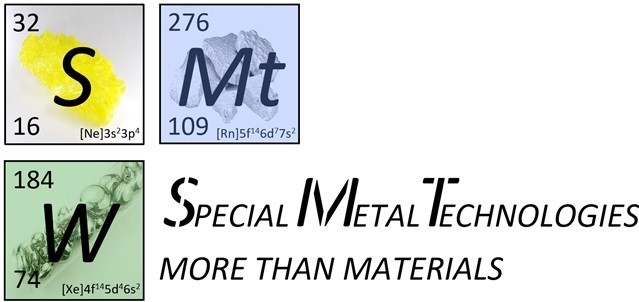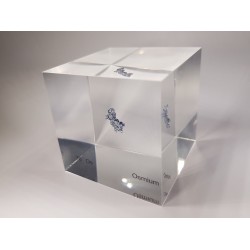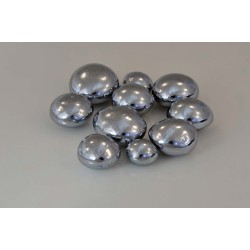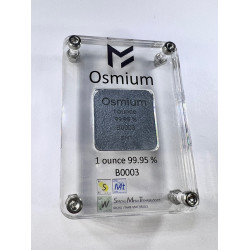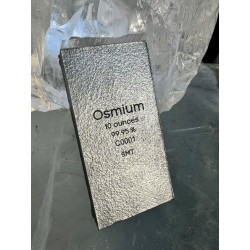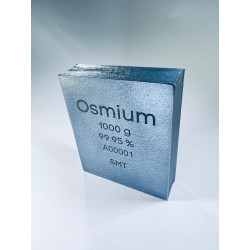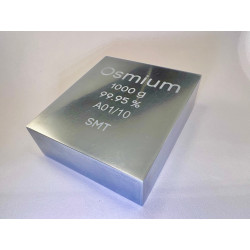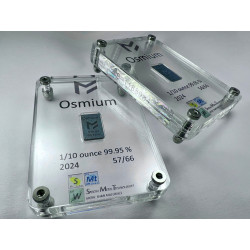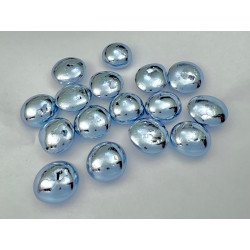Osmium
Osmium, with the chemical symbol Os and atomic number 76, was discovered in 1803 by English chemists Smithson Tennant and William Hyde Wollaston. They isolated it from platinum ores and named it after the Greek word "osme," meaning "odor," due to the characteristic strong smell of its compounds.
On Earth, osmium is extremely rare, constituting less than 0.0001% of the Earth's crust. This scarcity, coupled with its deep blue color, gives it a unique quality. The main producing countries are South Africa, Russia, and Canada.
Osmium has fascinating applications, particularly in catalysis technology. It is used in the chemical industry for the synthesis of organic compounds and in the production of ethylene oxide. Its extreme hardness makes osmium alloys an essential component of wear-resistant parts in high-stress environments, such as springs for pens and needles for record players.
Another notable application of osmium is in chemotherapy. Special osmium complexes exhibit promising properties in combating cancer cells. These compounds can be targeted specifically at tumors, contributing to the development of innovative cancer therapies. The precise mechanism of action of osmium compounds in chemotherapy is actively researched to enhance their efficiency and minimize potential side effects.
